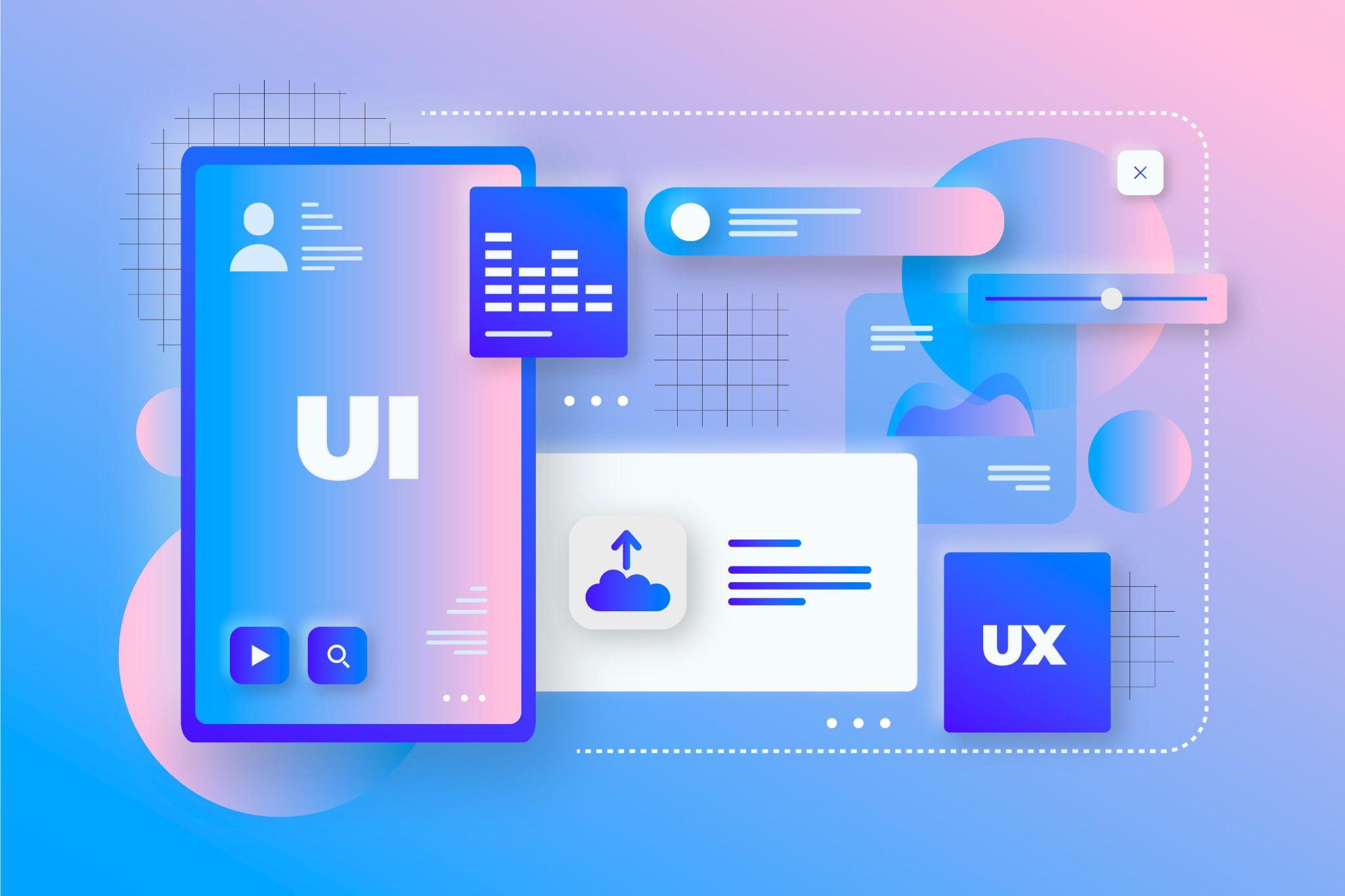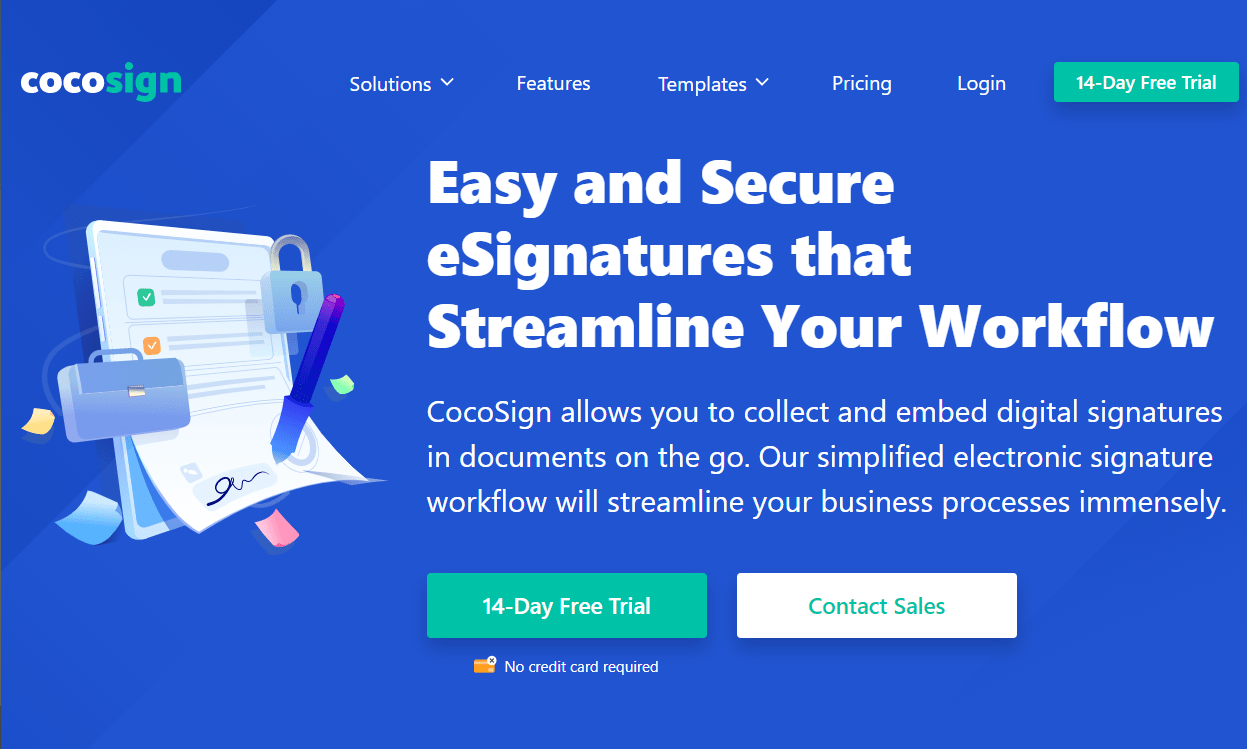
The modern pace of development in the field of artificial intelligence (AI) has changed the paradigm of building a user interface (UI) to a large extent; the presentation of interfaces no longer remains a one-size-fits-all interface but turns into highly adjustable, customized ones. Personalization through AI is based on machine learning-derived algorithms, behavioral analytics, and real-time processing of data to personalize digital experiences so individual users have a unique experience.
Understanding AI-Driven Personalization
The use of AI in UI design is based on using deep learning models, natural language processing (NLP), and predictive analytics to dynamically alter the UI elements. The models process information about the behavior of users, their past behavior, exchanges, and other contextual data to develop unique experiences.
The fundamental steps in AI-powered UI personalization include
#1. Pre-processing and data collection
AI systems collect data that includes browsing history, demographic details, purchase behavior, and the interactions made with devices. These are then processed further by cleaning, structuring, and anonymizing.
#2. Pattern recognition and clustering
Machine learning systems recognize patterns in user behavior and classify users into separate profile categories dependent on their interests and history of interaction.
#3. Real-time content adaptation:
Real-time adaptation of the contents can also be achieved, and AI-based interfaces can use reinforcement learning and real-time analysis to automatically lay out architectures, suggest suitable content, and adapt or vary the UI elements in real time.
#4. Feedback loops and ongoing learning:
Personalization models continually orient themselves by using user feedback, click-through rates, and session duration indices.
Personalized UI Design: Key Principles and Core Elements
Personalized design of UI is the business of designing digital interfaces according to the needs, behavior, and scenarios of an individual user or activity. It will become dynamic in real time based on user history (or device type or location information) and display more intuitive, relevant, and engaging interactions than a single, fixed experience.
Personalized UI positively impacts user satisfaction, retention, and ease of use because a user, by means of their specific actions, manipulates a display interface so that it addresses their expectations and aims. The motive force in this dynamic change can be attributed to AI in UI design, which promises smart, responsive environments that adapt to the user. Leading UI/UX design services now integrate AI-driven personalization to deliver seamless and intuitive digital experiences.
Key Principles of Personalized UI Design:
To achieve effective use of personalized UI, specific principles should be observed by the designer and guarantee not only the success but also trust among the user. These are the principles of designing adaptive experiences that should be constructed in a non-intrusively helpful way:
- User-Centricity: Design with empathy by understanding user needs and journeys.
- Data-Driven Decisions: Track behavior and use analytics to make changes in the interface.
- Context Awareness: Contextual scale-up or down depending on conditions such as device, time, and location.
- Consistency: Ensure personalized elements remain intuitive and predictable.
- Privacy & Transparency: Transparency encompasses knowledge of data use and user control.
- Incremental Adaptation: Start small and scale personalization thoughtfully.
AI Meets UX: Crafting Personalized UI Experiences
Artificial intelligence is transforming the response of user interfaces to users with real-time behavior, context, and preference-based decision-making. AI in UI design helps create more intelligent, fluid, and personalized digital experiences via technologies such as machine learning, natural language processing, and computer vision. To build such dynamic user interfaces, businesses are increasingly looking to hire AI developers who can implement these advanced capabilities effectively.
1. Machine Learning and Behavioral Analysis
Machine learning algorithms track user behavior (clicks, sessions, navigation patterns, frequencies) that they utilize to determine patterns and use this information to customize a UI element. This may encompass proposing content, redesigning, or simplifying user journeys. With time, the system becomes more accurate since it learns through continuous interactions; it becomes more personalized.
2. Natural Language Processing and Contextual Understanding
NLP makes systems to interpret and react to human-like input to their systems, whether typing or speech. NLP can also provide voice control, intelligent search, chat-based systems, and purposeful navigation when utilized in UI personalization. When used together with contextual information such as your location or what you are doing, it allows responses to be made or content to be created that feels more natural and in context.
3. Computer Vision and Predictive Modelling
Computer vision enables machines to understand visual images like facial expressions, gestures, or object identification. It may identify the moods/attention (in terms of UI personalization, i.e., showing bigger text when there is focus, switching the theme according to mood—dark/light, etc.). Predictive modeling also takes personalization further by predicting the need of the user and preemptively presenting solutions or content before the user even solicits them.
AI in UI Design: Unlocking the Power of Personalization
Personalization using AI has real benefits that can be seen in both user and company experience, as the formerly inflexible interfaces become dynamic and interactive. Thanks to learning in the process of its interactions with the user, AI will be able to make every visit more personal and exciting with time. This not only makes the user experience better but also makes businesses competitive in the current digital-first society.
1. Superior User Experience
Real-time adaptation of dynamic interfaces, as per the user behavior, provides a higher level of interaction.
2. Greater Conversion Rates
Call-to-action, layouts, and different pieces of content are customized, and the conversion rates are higher due to clicks and purchases.
3. Reduced friction
AI eliminates a lot of the friction by being able to guess what people want and by making it easy to navigate.
4. Increased Accessibility
Adaptive UIs are able to adapt the font size, themes, or other ways of inputting information to the user’s choice or peculiarities.
5. Retention of Customers
Stickiness elements increase brand retention and the recurrence of customers.
Real-World Examples of AI in Personalized UI
The best platforms are already developing highly personal UI that is run by AI to produce great user experiences. These examples of practical applications show that with the help of intelligent interface design, one can directly affect user satisfaction and business performance. Whether in the media, e-commerce, or any other field, AI in UI design is establishing a new usability and customer experience benchmark.
#1. Netflix: It recommends new shows/movies using AI, resorts to personalized artwork thumbnails, and rearranges the interface content depending on watching patterns.
#2. Amazon: Provides individual recommendations on particular products, customized homepages, and structured pricing tactics based on the history of users.
#3. Spotify: Daily playlists and recommends music. Uses AI models that have learned listening habits.
#4. Duolingo: Learns how to adapt lesson challenging level and content presentation according to its users’ abilities and preferences.
#5. Facebook & Instagram: Optimize the content of the feed along with ad distribution and even interface details based on both behavioral and situational AI data.
Future Trends in AI-Powered UI Personalization
The future of AI in UI design is only just starting. AI will provide access to even more effective personalization strategies as new technologies appear and user demands become even higher. The rest of the designers and developers will have to be agile, innovative, ethical, and user-friendly.
1. Emotion-Aware Interfaces: This is the utilization of computer vision and voice analysis to manipulate UIs depending on the mood of the user.
2. Hyper-Personalization: Behavioral, contextual, and psychographic data are mixed together effortlessly with a view to creating hyper-targeted user interfaces.
3. AI Co-Designers: Generative AI to support users to customize interfaces in a specific match (e.g., theme creators, layout optimization).
4. Multimodal Interfaces: The use of both text, voice, gesture, and visual messages to ease personalization.
5. Edge AI: With Real-Time UI Adaptation Counters: Training and applying AI on devices can produce quicker results, keeping personalization offline (therefore more privacy-friendly).
Final Words
Artificial intelligence is also radically changing what UI design can be, and that is converting interfaces into active and adaptive systems. As soon as AI receives another interaction, it learns, it improves, and it records more personalized results, which form a continuous circle of value to both the user and the brand. As a Top AI development company, we recognize that in the near future, personalized UI will not be an option anymore but rather a requirement, changing the game of digital experiences.








